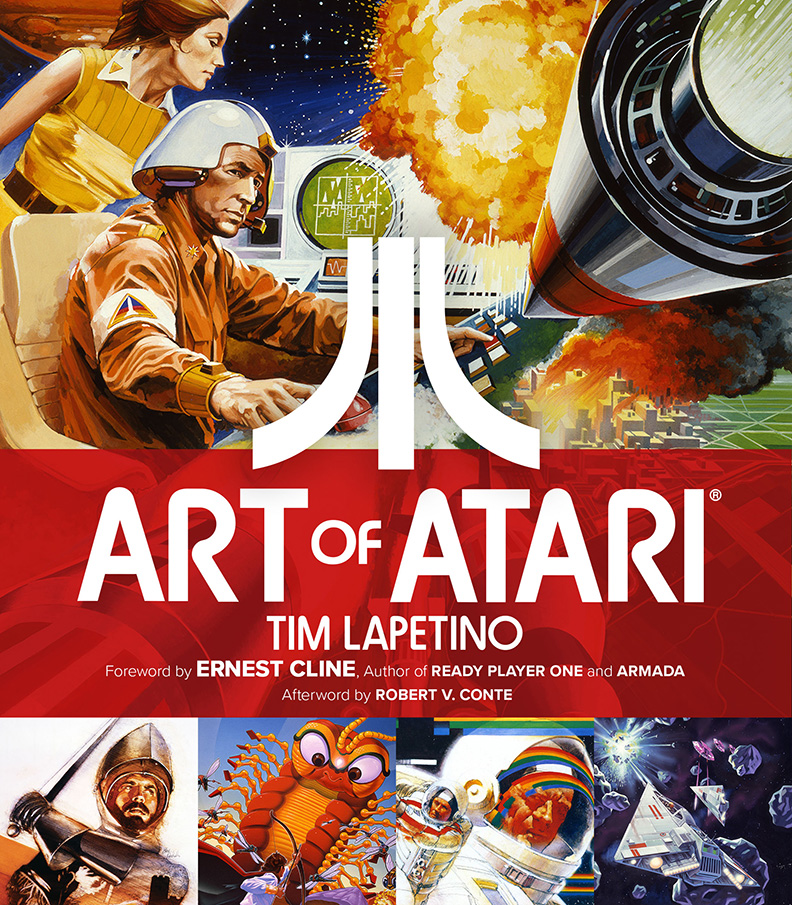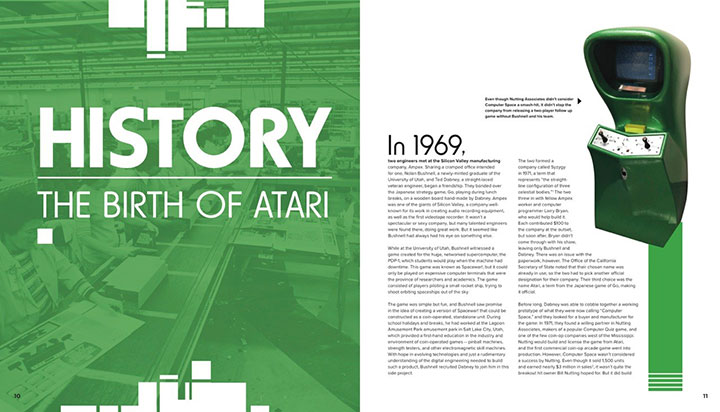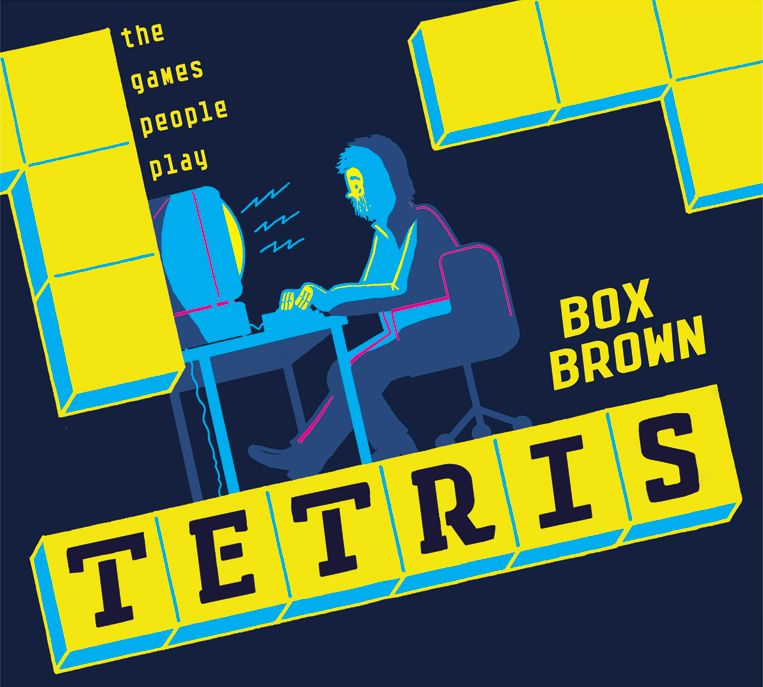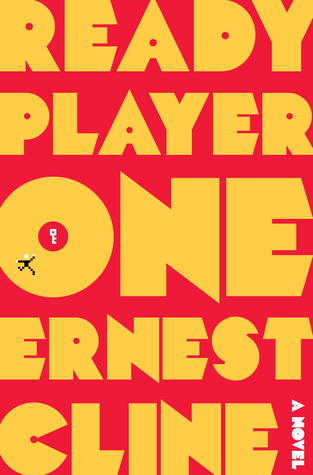The Art of Atari[Dynamite] Book by Tim Lapetino Reviewed by Chris Auman For those of us who grew up in the 1970s and 80s, Atari was a household name in that every household had one (almost). I realize that the obligatory childhood Atari story is supposed to follow here, but the tragic truth is, my parents never bought our family an Atari game console. Nor did we have a VCR, or even a color TV for that matter. Not until the Chicago Bears made it to Super Bowl XX in 1986 did my dad break down and buy a color TV set, but don’t think you’re off the hook for that obligatory childhood Atari story. It’s still coming. When I was in middle school in the 1980s, a friend who lived in the neighborhood, Troy, was in possession of an Atari 2600 which he shared with his two younger brothers. We spent many a beautiful, sunny afternoon down in his family’s dark, basement family room, joysticks in hand, playing Pitfall!, Pac-Man, Space Invaders, Joust and Frogger. Troy was actually quite bored with playing Atari for hours on end, seeing as he had 24-hour access to it, but I wasn’t. Far from it. Much in the same way I would gorge myself on Cap’n Crunch whenever I stayed overnight at a friend’s house (sugar cereal was also verboten in my house) I would binge on Atari for as long and as often as I could. The game boxes looked cool too, but perhaps not to parents who only saw the hefty price tag. The distinctive artwork that adorned the packaging was possible because Atari spent the money. The company wanted to make a connection to the fantasy of 70s album cover art and Star Wars posters. As Atari founder Nolan Bushnell told video game website Polygon in 2014, “I felt fundamentally that this was a consumer product that needed all the care and attention that a record album did.” And it worked. Never mind that the box art had almost no resemblance to what was rendered by the 8-bit game graphics. For those feeling nostalgic for their misspent youth during Atari’s heyday, as well as those interested in the design history of the games, there’s a fix. Written by designer and author Tim Lapetino (founder and Executive Director of the Museum of Video Game Art in Chicago), Art of Atari is a hefty coffee table book that brings these game boxes back in all their full-color, over-the-top glory. There’s more than just great box art, the book also includes early design sketches, alternate packing and prototypes and inner-office memos sourced from private collections and museums. It also includes artist profiles and chapters on bits of Atari lore, like the ill-fated E.T. game, and the licensing of Pac-Man. Sci-fi author Ernest Cline wrote the foreword. Cline surely knows what it’s like to be obsessed with video games and 80s pop culture having written a book-length nod to that decade with his 2011 sci-fi novel Ready Player One (see below). As Bushnell told Polygon, “I wanted to have something that was beautiful and instructive and I wanted the artwork to have a consistency to it, so that immediately, when you glanced at our packaging, you knew it came from Atari and you knew it was beautiful.” It was and this book is. Recommended ReadingTetris The Games People Play by Box Brown [First Second]
Ready Player One by Ernest Cline [Crown Publishers]
Super Mario How Nintendo Conquered America by Jeff Ryan [Portfolio/Penguin]
Read more book reviews WIZZYWIG by Ed Piskor Moving Target: The History and Evolution of Green Arrow by Richard Gray Three Books on Dungeons & Dragons by Various Authors |
|---|
|
|








